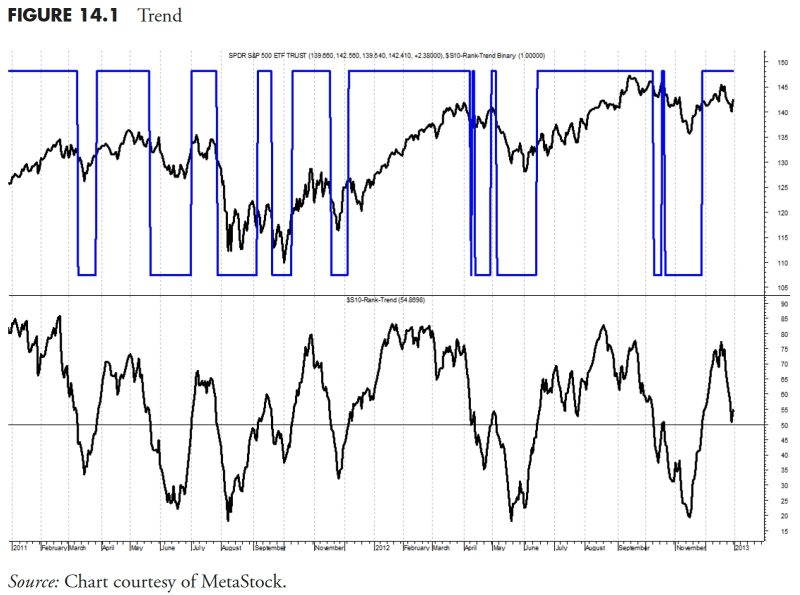Security Ranking Measures: A Crucial Aspect of Rules-Based Money Management
In the realm of finance and investment, the application of rules-based money management strategies plays a significant role in determining the success of one’s portfolio. This approach involves the use of predetermined rules and criteria to make investment decisions rather than relying solely on intuition or market timing. Within this framework, security ranking measures serve as a critical component in assessing the attractiveness and viability of potential investment opportunities. By employing robust ranking methodologies, investors are better equipped to identify and prioritize securities that align with their financial goals and risk tolerance.
One key aspect of security ranking measures is the utilization of quantitative analysis to evaluate the relative strength and performance of different securities. Quantitative models consider various factors such as price momentum, valuation metrics, financial ratios, and risk measures to generate a numerical score that ranks securities based on predefined criteria. By incorporating quantitative analysis into the security ranking process, investors can systematically assess the merits of each security in a disciplined and objective manner.
Another important consideration in security ranking measures is the incorporation of qualitative factors that may not be captured by quantitative analysis alone. Qualitative factors encompass a wide range of non-financial considerations, including industry trends, company management, competitive positioning, and macroeconomic factors. By integrating qualitative analysis into the security ranking process, investors can gain a more holistic understanding of the investment landscape and make more informed decisions based on a comprehensive set of criteria.
In addition to quantitative and qualitative factors, security ranking measures often incorporate risk management techniques to assess the potential downside and volatility associated with each security. Risk measures such as beta, volatility, and drawdown analysis can provide valuable insights into the risk-return profile of a security and help investors make well-informed decisions that align with their risk tolerance. By incorporating risk management into the security ranking process, investors can enhance their ability to construct a diversified and resilient portfolio that can weather market uncertainties and fluctuations.
Furthermore, security ranking measures should also take into account the investment objectives and constraints of individual investors. By tailoring the ranking criteria to align with specific investment goals, time horizons, and risk preferences, investors can create a customized ranking system that reflects their unique financial circumstances. This personalized approach to security ranking helps investors prioritize securities that are best suited to their individual needs and preferences, ultimately contributing to a more effective and efficient investment strategy.
In conclusion, security ranking measures are a fundamental element of rules-based money management strategies that help investors evaluate and prioritize investment opportunities systematically. By incorporating quantitative and qualitative analysis, risk management techniques, and personalized criteria, investors can make informed decisions that align with their financial goals and risk tolerance. As the investment landscape continues to evolve, the application of robust security ranking measures will remain essential in enabling investors to navigate market complexities and achieve long-term financial success.
